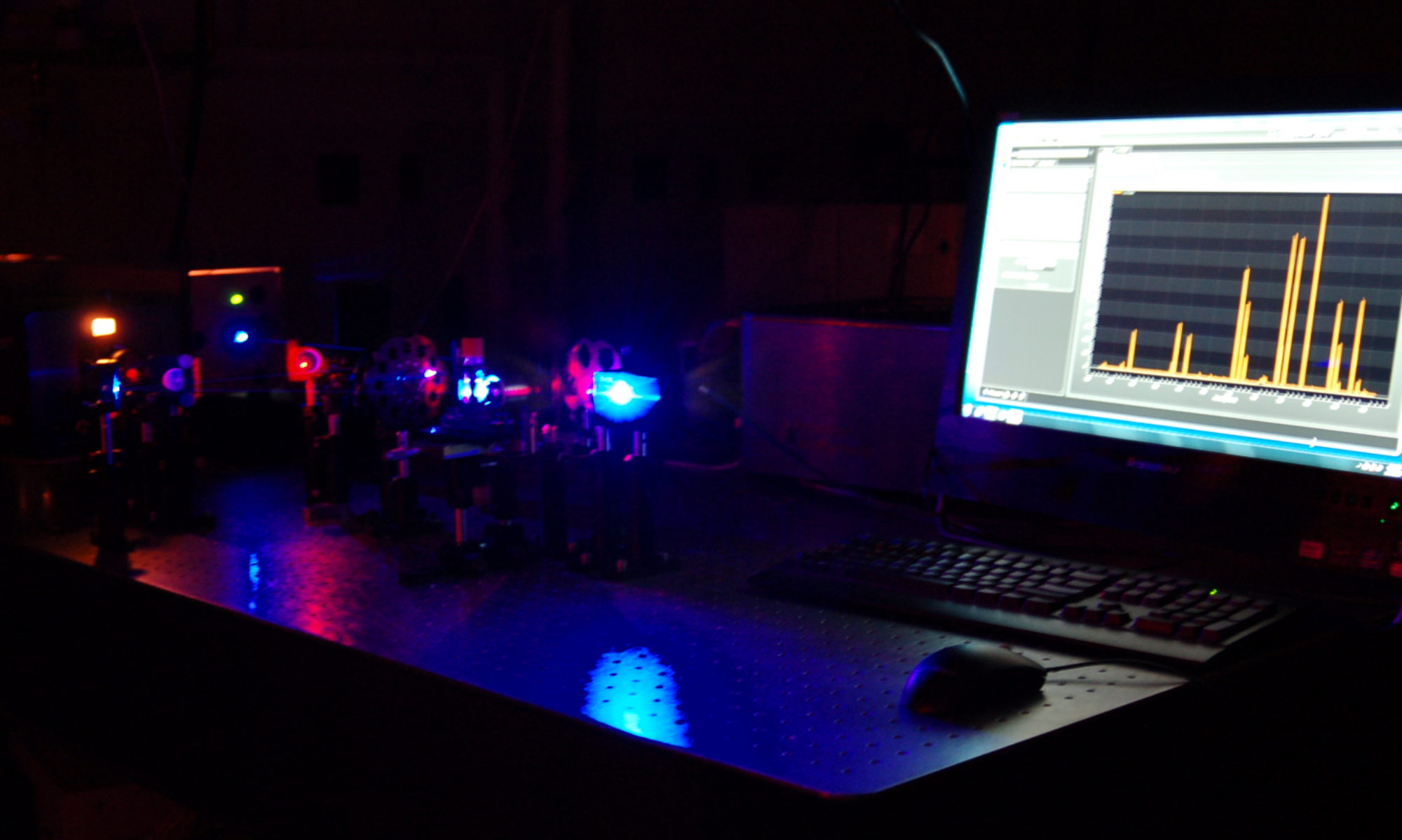Optics and Photonics News
- Co-packaged optics (CPO) technology can integrate photonic integrated circuits (PICs) with electronic integrated circuits (EICs) like CPUs and GPUs on a single platform. This advanced technology has immense potential to improve data transmission efficiency within data centers and high-performance computing environments. CPO systems require a laser source for operation, which can be either integrated directly […]
- When placed under a powerful laser field (i.e., under strong-field ionization), electrons can temporarily cross the so-called quantum tunneling barrier, an energy barrier that they would typically be unable to overcome. This quantum mechanics phenomenon, known as quantum tunneling, has been the focus of numerous research studies.
Ultrafast laser experiments pave way to better industrial catalysts
Nanotechnology News
- Scientists have reported use of antibacterial coatings made from resilin-mimetic proteins to fully block bacteria from attaching to a surface. A protein that gives fleas their bounce has been used to boot out bacteria cells, with lab results demonstrating the material's potential for preventing medical implant infection.
Prof. Franky So published an article
Remember this annoying color change when you look at your screen at different angles? Professor So group at NCSU Materials Science and Engineering department offers a solution. The article is published in The Journal of the Society for Information Display (https://doi.org/10.1002/jsid.792)
Power outage on NCSU Centennial campus
The power has been restored. All IMAKS instruments are up and running. Good luck with your experiments.
IMAKS is preparing for power outage
All power will be down on NCSU Centennial campus starting at 7:30 a.m. on Sunday, June 2 . The crews will connect power lines to newly constructed buildings. As a result, all instruments have to be powered down and unplugged from wall outlets.
Lab temperature today
The facilities were planning to do work on secondary power lines (emergency lights, signs, and such). Accidentally, this morning they switched off the HVAC system and lab hoods. As a result, the lab got hot beyond the operating range of ultrafast lasers. facilities have been contacted. The temperature is getting to normal now. We anticipate we can start running experiments around 11 a.m.
Congratulations!
to Chris Papa, Anh Thy Bui, and Phil Castellano on their article published in Nature Communications (https://doi.org/10.1038/s41467-019-10260-7)
